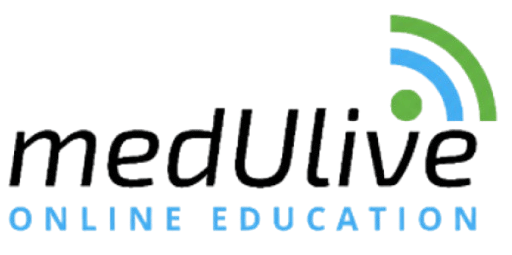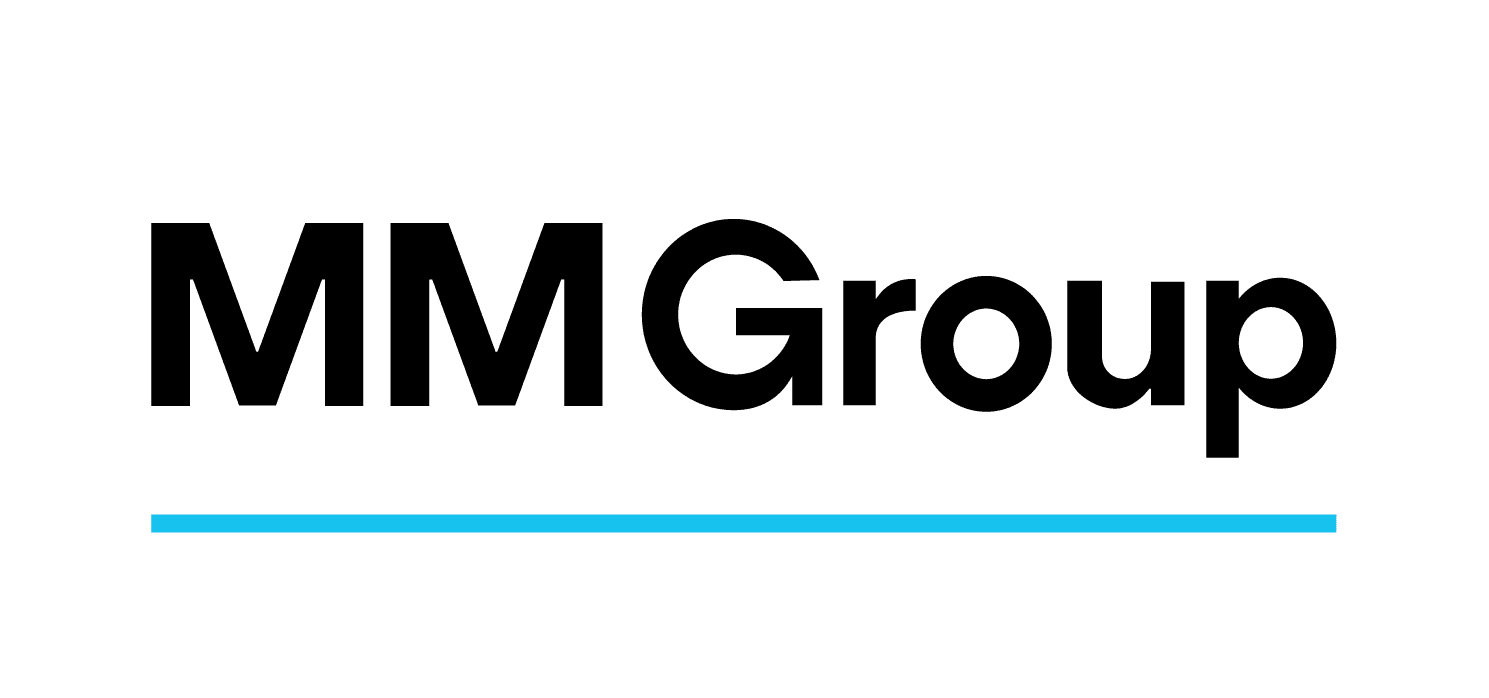Back to Blog
Healthcare Communications
Featured
A New Mandate for Continuing Medical Education: Aligning Learning with Patient Outcomes
Continuing Medical Education (CME) stands at a critical inflection point, where its traditional role as a knowledge repository is no longer sufficient to meet the complex demands of modern healthcare. To remain the primary mechanism for translating new research into clinical practice, CME must undergo a fundamental shift‚ away from passive, participation-based models and toward a dynamic, outcome-driven framework.

Redefining Success: From Participation to Performance
The strategic imperative is to establish an educational framework where relevance serves as the foundational design principle, rather than an afterthought. For too long, the success of Continuing Medical Education (CME) has been measured by attendance figures instead of tangible improvements in clinical competence. Passive, lecture-based formats have proven inadequate for closing the complex practice gaps that directly affect patient care.
This new standard is encapsulated in outcome-driven design, which shifts the focus of CME from mere knowledge transfer to measurable impact. Educational interventions must be designed to address specific, identified practice gaps and regulatory requirements. The ultimate measure of success, therefore, is the ability to demonstrate positive changes—whether in clinical practice behaviors or directly in patient outcomes. This shift is not merely theoretical; accreditation standards are increasingly emphasizing the need for CME providers to show the demonstrated impact of their programs.
This necessary evolution from theory to practice is made possible by a robust toolkit of educational innovations.
The Innovation Toolkit: Enabling a New Generation of CME
The call for outcome-driven CME is more than a vision; it is a present-day reality supported by powerful innovations that are reshaping the educational landscape. These tools and methodologies offer the necessary infrastructure to build, deliver, and measure the impact of a new generation of medical education.
Personalization and Real-Time Assessment
Adaptive AI systems are rendering the outdated, one-size-fits-all educational model obsolete by tailoring content, pacing, and assessments to the unique needs of each learner. By providing targeted remediation based on real-time performance, these platforms facilitate more efficient and durable skills acquisition.
Continuous feedback platforms transform passive learning into an active, engaging experience. Tools such as live polling, real-time Q&A, and interactive quizzes enhance engagement and refine skills. Performance dashboards provide longitudinal data to track skill acquisition over time, offering insights into a provider's performance improvement and enabling the measurement of practice-level outcomes.
High-Fidelity Simulation and Collaborative Practice
Advanced immersive technologies—such as virtual reality (VR), augmented reality (AR), and mixed reality (MR)—are revolutionizing clinical training. These tools create lifelike simulations and provide hands-on procedural training in safe, repeatable scenarios, allowing clinicians to master complex skills without risking patient safety.
Moreover, CME is embracing interdisciplinary learning models that reflect the collaborative nature of modern healthcare. By training teams in integrated problem-solving through case studies and cross-disciplinary exercises, these models address a known contributor to adverse events—communication breakdown—leading to measurable improvements in team performance and patient safety metrics.
Expanding Reach and Relevance
Modern CME innovations are redefining the scope and equity of professional development, ensuring that the entire healthcare workforce is equipped with the clinical and non-clinical competencies essential for patient-centered outcomes. Key advancements include:
- Flexible Delivery: Multimodal content—such as webinars, self-paced modules, and microlearning—accommodates demanding clinical schedules and enhances engagement.
- Global Accessibility: Online and hybrid models democratize access to world-class education, connecting clinicians with expert faculty and global best practices, regardless of geography. This extends high-quality CME to underserved regions.
- Holistic Curriculum: Forward-thinking CME addresses the full spectrum of professional competence, including essential topics such as diversity, equity, and inclusion (DEI), implicit bias, provider well-being, burnout prevention, and emotional resilience.
While these powerful advancements make a compelling case for reform, their potential remains unrealized until policy and accreditation standards are fundamentally re-engineered to champion their adoption.
A Proposed Framework for Future-Ready Accreditation
For innovation to translate into widespread improvement, policy must evolve. Accreditation bodies must shift from being passive observers of innovation to active drivers of transformation by establishing new benchmarks for excellence. The following framework proposes three core principles for updating accreditation standards to align with the future of CME:
- Prioritize Demonstrated Impact: Accreditation must shift its primary focus from awarding credit for seat time to validating the achievement of predefined competencies or documented improvements in specific clinical quality measures. CME providers must measure the impact of their programs on clinical practice or patient health outcomes, transitioning the measure of value from attendance to tangible results.
- Incentivize Innovative Methodologies: Standards should explicitly recognize and reward the integration of validated educational innovations. The use of advanced tools—such as AI-driven personalization, immersive simulations, and collaborative learning platforms—should be formally acknowledged as indicators of high-quality, effective CME design, encouraging broader adoption.
- Mandate Practice Gap Alignment: To ensure relevance, providers must demonstrate how their programs are designed to address specific, data-informed practice gaps. This principle requires that providers ground their curriculum in data from quality registries, peer-reviewed literature, or institutional performance metrics to ensure that education is targeted and effective.
Adopting this framework would create a robust incentive structure, guiding the entire CME ecosystem toward a more meaningful and impactful future.
Conclusion: A Call to Action for the Future of Medical Education
The paradigm for Continuing Medical Education has evolved. The tools and strategies needed to connect learning directly to performance and patient outcomes are no longer theoretical; they are tested, available, and already demonstrating their value. The urgency to move beyond traditional models and embrace a framework centered on measurable results is clear. To fail to adopt these changes is to knowingly accept a gap between what is possible for patient care and what we currently deliver.
We urge accreditation bodies and policymakers to lead this essential transformation. It is time to re-engineer CME by adopting standards that foster innovation, demand accountability, and place measurable patient benefit at the core of all continuing medical education. By doing so, we will ensure that CME fulfills its ultimate promise: to elevate the practice of medicine and improve the health of the communities we serve.











.jpg)